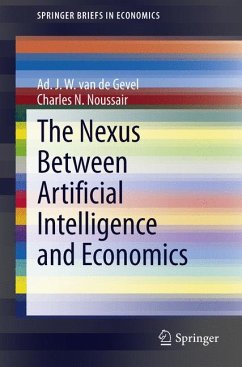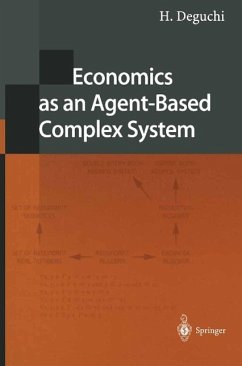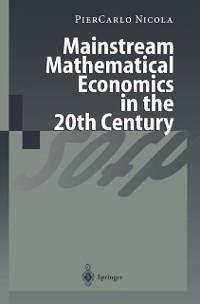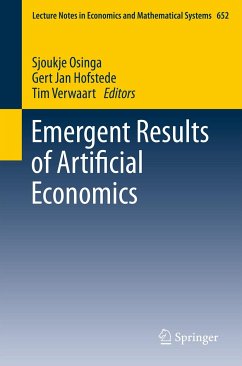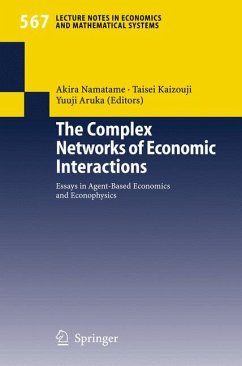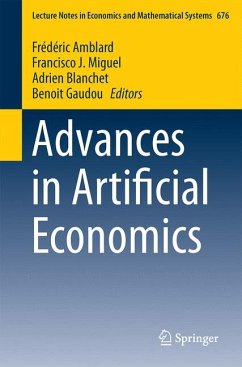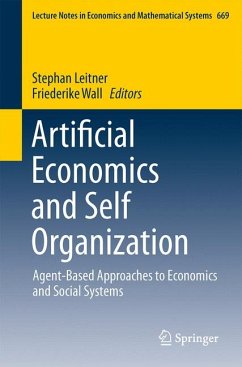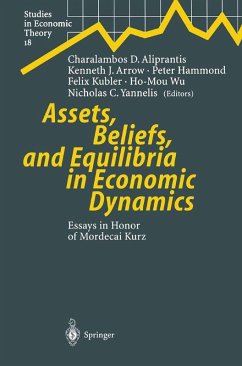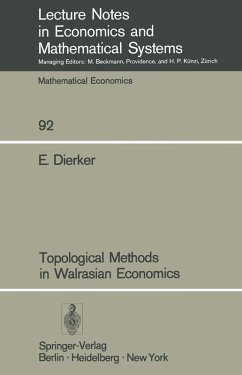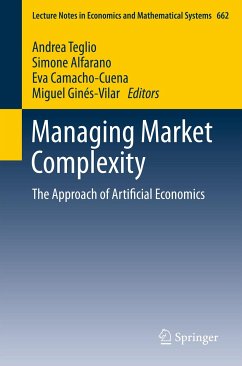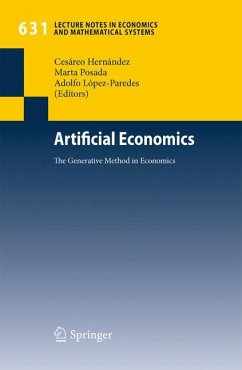
Artificial Economics (eBook, PDF)
The Generative Method in Economics
Redaktion: Hernández, Cesáreo; López-Paredes, Adolfo; Posada, Marta
Versandkostenfrei!
Sofort per Download lieferbar
72,95 €
inkl. MwSt.
Weitere Ausgaben:

PAYBACK Punkte
36 °P sammeln!
Simulation is used in economics to solve large econometric models, for large-scale micro simulations, and to obtain numerical solutions for policy design in top-down established models. But these applications fail to take advantage of the methods offered by artificial economics (AE) through artificial intelligence and distributed computing. AE is a bottom-up and generative approach of agent-based modelling developed to get a deeper insight into the complexity of economics. AE can be viewed as a very elegant and general class of modelling techniques that generalize numerical economics, mathemat...
Simulation is used in economics to solve large econometric models, for large-scale micro simulations, and to obtain numerical solutions for policy design in top-down established models. But these applications fail to take advantage of the methods offered by artificial economics (AE) through artificial intelligence and distributed computing. AE is a bottom-up and generative approach of agent-based modelling developed to get a deeper insight into the complexity of economics. AE can be viewed as a very elegant and general class of modelling techniques that generalize numerical economics, mathematical programming and micro simulation approaches. The papers presented in this book address methodological questions and applications of AE to macroeconomics, industrial organization, information and learning, market dynamics, finance and financial markets.
Dieser Download kann aus rechtlichen Gründen nur mit Rechnungsadresse in A, B, BG, CY, CZ, D, DK, EW, E, FIN, F, GR, HR, H, IRL, I, LT, L, LR, M, NL, PL, P, R, S, SLO, SK ausgeliefert werden.



